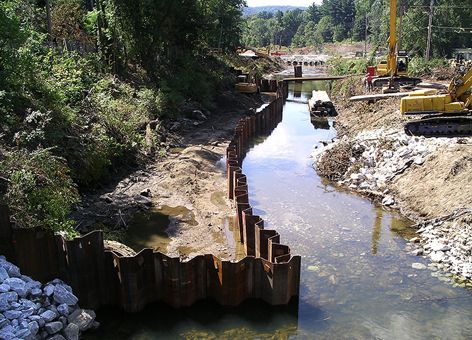NOAA Study Featured in Journal of Environmental Toxicology and Chemistry
JANUARY 11, 2021 — A study led by OR&R’s Assessment and Restoration Division's Ken Finkelstein and NOAA’s National Center for Coastal Ocean Sciences Ed Wirth, titled “Acute PCB Benthic Invertebrate Toxicity Testing to Support the 2017 Chronic Dose-Response Sediment Injury Model” has been published online in the Journal of Environmental Toxicology and Chemistry.
Equilibrium partitioning predicts the concentration of a chemical in sediment that is safely available to living things based on a porewater concentration protective of aquatic life. This follow-up study provides data supporting (a) the 2017 publication, “Benthic injury dose-response models for polychlorinated biphenyl-contaminated sediment using equilibrium partitioning, where the authors created a chronic dose-response model for the impacts of PCB-contaminated sediment(s) on benthic invertebrates.
The most recent publication generated a continuum of benthic chronic injury dose-response for PCBs, specifically Aroclor 1254 contaminated sediments, using the approach pioneered in 2017. However in this study the authors used an Acute to Chronic Ratio of 10 (using an ACR of 10) for the 20% acute injury concentrations (shown in this study,) and (we) suggest that the chronic values found in the original model look-up table provides a close approximation to sediment PCB toxicity.
Accurately assessing injuries to marine life from pollution is critical to evaluating risk, holding polluters accountable through Natural Resource Damage Assessment (NRDA), and determining appropriate restoration. This research aims to advance scientific methods that support this work at pollution sites across the country.
For more information please contact Ken.Finkelstein@noaa.gov.
 An official website of the United States government.
An official website of the United States government.

